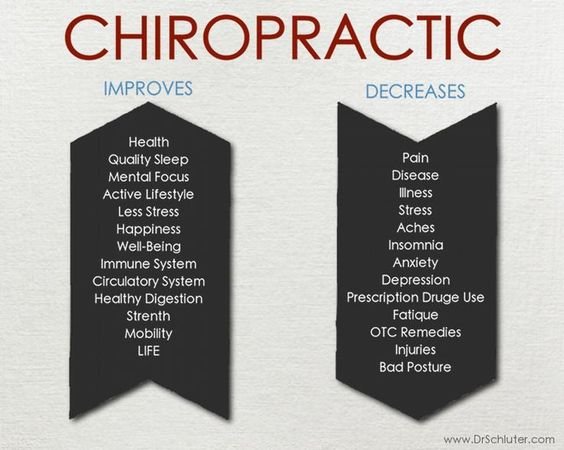Get Ready To Discover The Intriguing Cellular Interactions Of Cold Laser Therapy And Just How It Utilizes Light For Recovery-- Dive Deeper Into The Scientific Research!
Get Ready To Discover The Intriguing Cellular Interactions Of Cold Laser Therapy And Just How It Utilizes Light For Recovery-- Dive Deeper Into The Scientific Research!
Blog Article
Content Composed By-Walls Hutchison
You may have come across cold laser treatment as an appealing treatment choice for different problems, however have you ever asked yourself how it really deals with a mobile degree? Comprehending the devices behind this treatment can shed light on its effectiveness in promoting recovery and reducing inflammation. By exploring the scientific research behind cold laser therapy, you'll obtain understandings into the fascinating methods which light can influence cellular processes and promote tissue repair service.
How Cold Laser Treatment Works
To comprehend how cold laser treatment functions, you need to grasp the essential concepts of exactly how light energy connects with organic cells. Cold laser therapy, additionally known as low-level laser therapy (LLLT), makes use of particular wavelengths of light to permeate the skin and target underlying cells. Unlike the intense lasers utilized in operations, cold lasers emit low levels of light that do not generate warmth or create damages to the tissues.
When these mild light waves reach the cells, they're taken in by parts called chromophores, such as cytochrome c oxidase in mitochondria. This absorption activates a series of organic responses, consisting of boosted mobile energy manufacturing and the launch of nitric oxide, which boosts blood circulation and minimizes inflammation.
In visit this site , the light power can also stimulate the production of adenosine triphosphate (ATP), the power money of cells, aiding in cellular repair service and regeneration procedures.
In essence, cold laser treatment uses the power of light energy to advertise recovery and ease discomfort in a non-invasive and gentle way.
Devices of Action
Just how does cold laser treatment in fact function to produce its therapeutic effects on biological tissues?
Cold laser treatment, likewise known as low-level laser treatment (LLLT), operates via a procedure called photobiomodulation. When the cold laser is applied to the skin, the light power passes through the cells and is soaked up by chromophores within the cells.
These chromophores, such as cytochrome c oxidase in the mitochondria, are after that stimulated by the light energy, bring about a cascade of organic reactions. One key mechanism of action is the improvement of mobile metabolism.
The soaked up light power increases ATP manufacturing in the mitochondria, which is critical for mobile feature and repair service. In addition, cold laser treatment helps to lower inflammation by preventing inflammatory conciliators and promoting the release of anti-inflammatory cytokines.
This anti-inflammatory result contributes to pain alleviation and tissue recovery.
Restorative Impacts
Recognizing the restorative impacts of cold laser therapy includes identifying just how the improved mobile metabolism and anti-inflammatory buildings add to its positive results on biological cells.
When the cold laser is applied to the affected location, it stimulates the mitochondria within the cells, bring about increased manufacturing of adenosine triphosphate (ATP), which is essential for cellular function and fixing. This boost in cellular energy speeds up the recovery procedure by advertising tissue regeneration and decreasing inflammation.
Furthermore, https://chiropractorspinaladjustm62739.thenerdsblog.com/33841413/step-into-a-pain-free-future-with-cool-laser-treatment-s-transformative-method-for-managing-persistent-discomfort -inflammatory homes of cold laser therapy help to reduce pain and swelling in the targeted area. By inhibiting inflammatory conciliators and promoting the release of anti-inflammatory cytokines, cold laser treatment aids in relieving pain and boosting the overall healing reaction.
This decrease in inflammation not only gives prompt relief however likewise sustains lasting tissue repair work.
Conclusion
Finally, cold laser treatment works by promoting mobile repair work and tissue regrowth via photobiomodulation. Its anti-inflammatory residential or commercial properties supply pain relief and minimize swelling by hindering inflammatory conciliators.
This treatment offers a comprehensive approach to healing, delivering both immediate relief and long-term tissue repair service benefits.
Via its devices of action, cold laser treatment verifies to be an efficient and appealing treatment choice for a selection of conditions.
